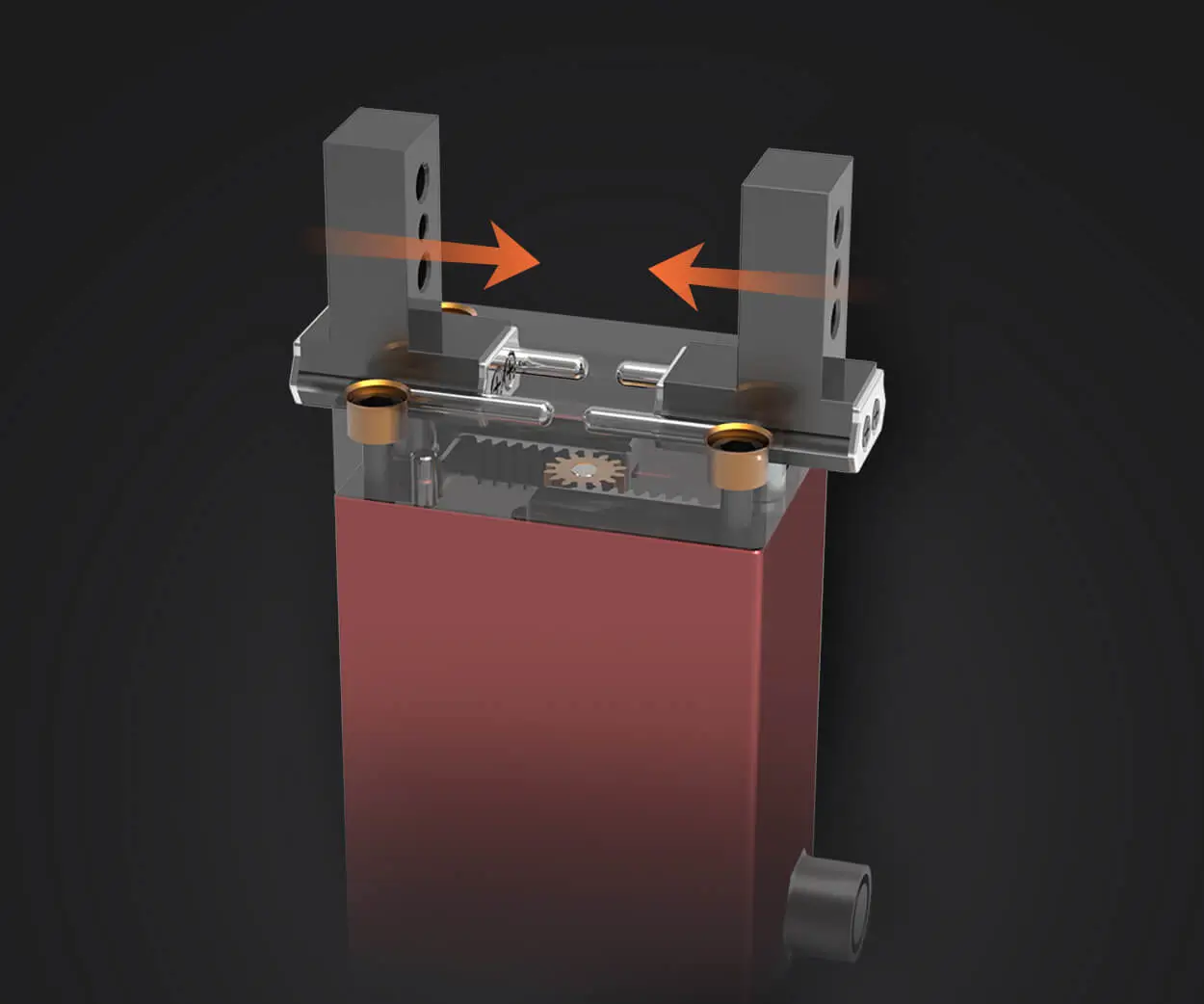Unlocking Precision: The Role of Encoders in Modern Servo Motors
In the intricate dance of modern automation, robotics, and industrial machinery, the heartbeat is often rooted in the silent yet powerful technology that keeps everything in perfect harmony—servo motors. These dynamic components are the backbone of precise movement and control, capable of transforming complex commands into smooth, accurate responses. At the core of their astonishing capabilities lies a crucial component: the encoder.

What is an Encoder in a Servo Motor?
Think of an encoder as the sensory organ of the servo motor—its eyes and ears, constantly observing and reporting on the motor's position, speed, and direction. It is a device that converts the mechanical motion of the motor’s shaft into an electrical signal, which can then be read and interpreted by control systems. This feedback loop allows the system to understand exactly where the motor is at any given moment, how fast it’s moving, and whether it’s on the right track.
Without encoders, servo motors would be akin to a traveler navigating with a vague sense of direction—it might get close, but never achieve the pinpoint accuracy required in sophisticated applications. Encoders provide the feedback necessary to maintain precise positioning, enabling tasks like robotic arm movement, CNC machining, print head positioning, and autonomous vehicle navigation to perform flawlessly.
Types of Encoders: The Building Blocks of Precision
There are primarily two types of encoders used in servo motors: incremental and absolute. Each serves a different purpose and offers unique advantages, making them suitable for various applications.
Incremental Encoders: These work by generating signals related to the rotation of the shaft, providing information about movement increments. They are easier to implement and cost-effective, making them ideal for applications where knowing the change in position over time is sufficient. For example, they’re perfect for controlling motor speed or detecting motion direction in CNC machines.
Absolute Encoders: In contrast, absolute encoders provide a unique code corresponding to each shaft position, giving the exact location even when power is lost. This feature is vital for applications that require high reliability and instant position feedback after shutdowns, such as robotic joints or aerospace systems.
How Encoders Enhance Servo Motor Performance
The integration of encoders into servo systems dramatically improves their capabilities in several ways:
Enhanced Accuracy and Precision By constantly feeding accurate position data back to the controller, encoders allow servo motors to reach and hold specific positions with incredibly fine resolution. This level of control is essential for manufacturing processes where tolerances are measured in micrometers, or robotic arms that need to mimic human motion seamlessly.
Improved Speed Regulation Encoders enable real-time feedback on velocity, allowing the control system to make rapid adjustments. This tight regulation ensures the motor maintains consistent speeds, even under varying loads—crucial in high-speed packaging lines or precision cutting applications.
Fault Detection and Safety Smart encoders can also monitor the health of the motor, detecting issues such as missed steps or abnormal behavior. This early warning capability enhances operational safety and reduces downtime, saving both time and money.
Closed-Loop Control System At the heart of the servo motor's intelligence is the closed-loop system. The encoder provides the real-time data feed, which the controller continuously compares to the desired output. Any deviations are corrected instantaneously, resulting in smooth, accurate, and reliable motion.
The Evolution of Encoders: From Mechanical to Optoelectronic
Early encoders were purely mechanical, relying on gears and switches. While functional, they were prone to wear and lacked precision. As technology advanced, optical encoders emerged, using light interruption to generate signals with remarkable accuracy and durability.
Today, magnetic encoders have gained popularity due to their robustness in harsh environments, resistance to dust, dirt, and vibrations. The integration of Hall-effect sensors, magnetoresistive sensors, and other innovative technologies has further expanded the capabilities and applications of encoders in servo motors.
Choosing the Right Encoder for Your Application
Selecting the appropriate encoder is a balancing act—considering factors like resolution, durability, environment, and cost. High-resolution encoders are essential for applications demanding micron-level accuracy, while ruggedized models suit industrial settings with extreme conditions.
An understanding of the application's specific needs influences the decision. For example, a pick-and-place robot in a cleanroom environment may need an absolute optical encoder for precise positioning, whereas a conveyor belt system might suffice with an incremental magnetic encoder.
Looking Ahead: The Future of Encoders in Servo Motors
As automation continues to evolve, so too will encoders. Innovations in nanotechnology, sensor materials, and signal processing are paving the way for even higher resolutions, lower latency, and increased resilience. Wireless encoders or integrated smart sensors might soon become the norm, providing more flexible and intelligent feedback mechanisms.
In the grand scheme, the role of the encoder extends beyond mere feedback—it’s the foundation upon which intelligent, precise, and adaptable servo systems are built. As industries push toward higher productivity, greater accuracy, and smarter machines, encoders will remain at the forefront, enabling innovations that once belonged to the realm of science fiction.
Kpower has delivered professional drive system solutions to over 500 enterprise clients globally with products covering various fields such as Smart Home Systems, Automatic Electronics, Robotics, Precision Agriculture, Drones, and Industrial Automation.




































